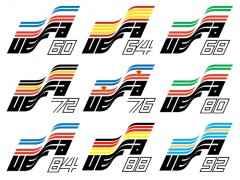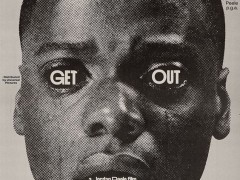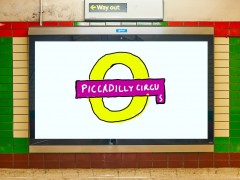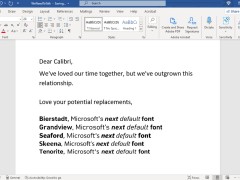Ampersand gate: Banana Republic escapes unjust enrichment claim by Moshik Nadav Typography LLC
As reported by The Fashion Law, Banana Republic has managed to escape an unjust enrichment claim waged against it by New York-based design firm Moshik Nadav Typography LLC.
Nadav claimed that the retailer co-opted the graphic design firm’s stylized ampersand symbol for a campaign of its own, thereby “depriv[ing] Nadav of any compensation for the commercial use of [its] work, while presenting Nadav’s work as its own.”
Judge Jesse Furman of the U.S. District Court for the Southern District of New York tossed out the unjust enrichment claim once and for all while granting the design firm the opportunity to amend its insufficient unfair competition and New York General Business Law (“GBL”) claims.
The case – which Judge Furman says “might have dubbed the Case of the Stolen Ampersand” by Encyclopedia Brown – got its start back in October 2020.
As reported by Reuters the Gap-owned retailer Banana Republic was sued over punctuation appropriation and an ampersand.
In the filed complaint, Moshik Nadav Typography LLC -an “innovative typography and graphic design business” that boasts clients with names like VOGUE, Estee Lauder, ELLE UK, Ann Taylor, and GQ magazine- alleged that Banana Republic has “engaged in an extraordinary, large-scale and widespread commercial use” of the little “and” symbol from its “distinctive and unique” Paris Pro typeface in an “extensive digital marketing” campaign, as well as on its “worldwide social media platforms.”
According to the complaint, the Brooklyn-based Moshik Nadav Typography LLC (“Moshik Nadav”) firm claimed that in 2012 in furtherance of its business of designing and licensing “artistic typefaces, and logotypes in digital formats for headlines in fashion magazines, as well as logos for luxury and high-end brands,” it created “a distinctive and unique artistic typeface font” called “Paris Pro.”
Part of the Paris Pro typeface – which Moshik Nadav says “has a specific artistic expression that showcases [Mr.] Nadav’s creativity as a graphic designer and typographer” -is a stylized ampersand, a design with “unique artistic logogram” that serves as “the centerpiece of Nadav’s brand identity.”
The problem at play, according to Moshik Nadav is that instead of paying to license the Paris Pro ampersand or otherwise receiving Nadav’s authorization, Banana Republic opted to copy the symbol and use it in a commercial capacity, including on its social media accounts, e-commerce site, and in its email newsletter in order to “encourage Banana Republic’s millions of followers to purchase Banana Republic’s products.”
The ampersand is the logogram &, representing the conjunction “and” and was originated as a ligature of the letters “et” -which is Latin for “and.”
The ampersand can be traced back to the 1st century A.D. and the Old Roman cursive, in which the letters E and T occasionally were written together to form a ligature.
The modern italic type ampersand is a kind of “et” ligature that goes back to the cursive scripts developed during the Renaissance. After the advent of printing in Europe in 1455, printers made extensive use of both the italic and Roman ampersands. Since the ampersand's roots go back to Roman times, many languages that use a variation of the Latin alphabet make use of it.
The ampersand often appeared as a character at the end of the Latin alphabet, as for example in Byrhtferð's list of letters from 1011.
Similarly, & was regarded as the 27th letter of the English alphabet, as taught to children in the US and elsewhere.
Not to be confused with the Tironian “et”, which has the same meaning, but which in appearance resembles the numeral 7, the ampersand has a story of its own.
Tags/ typography, ampersand, banana republic














